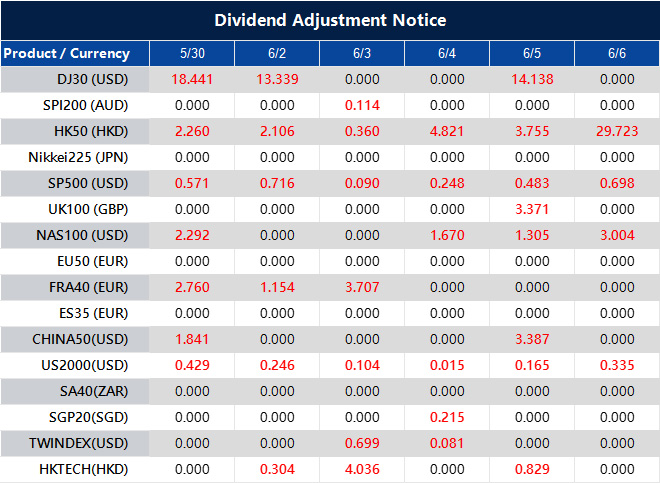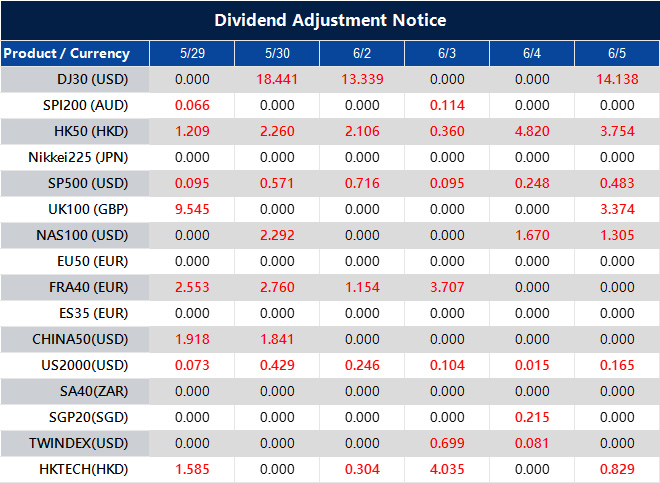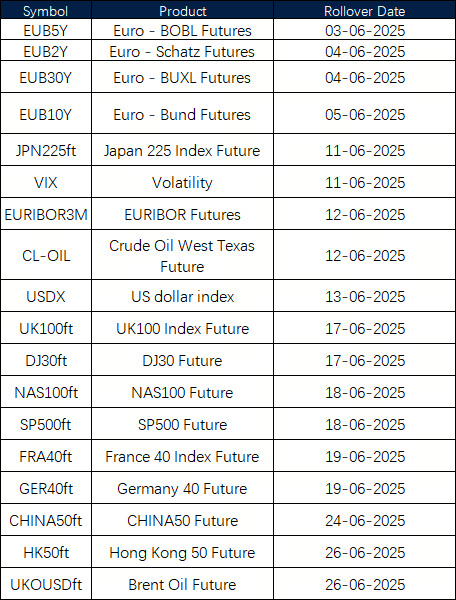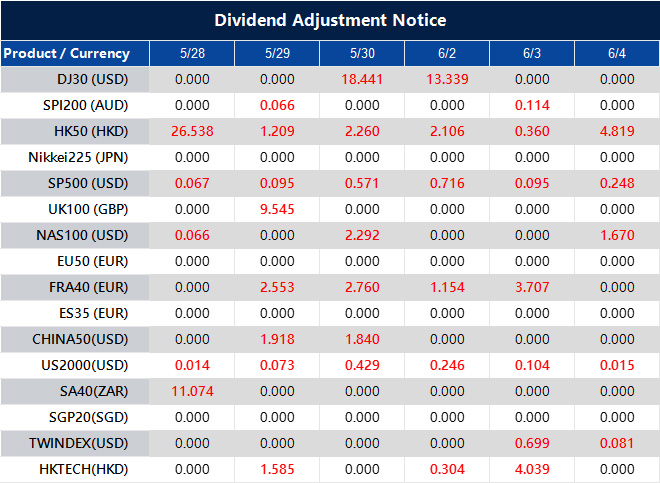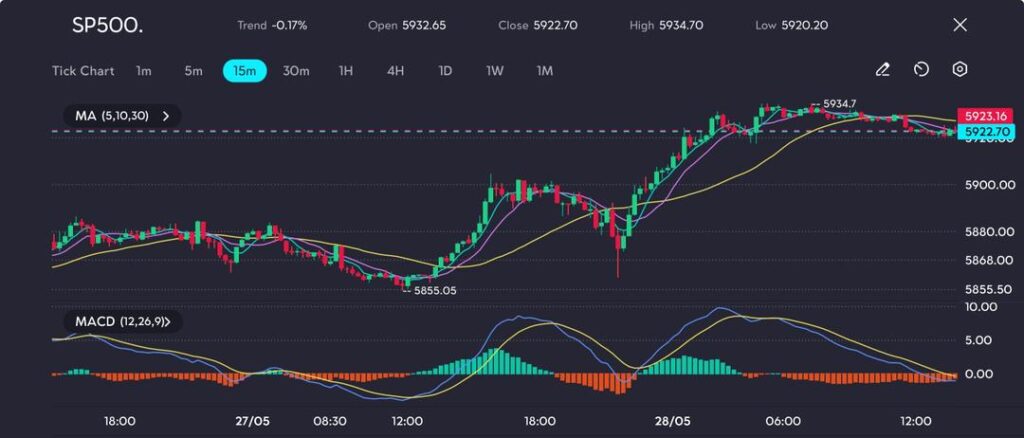Consumer Sentiment Rebounds
The Consumer Board’s May survey shows a significant boost, rising 12.3 points to reach 98.0. This is a recovery from a four-year low of 85.7. The positive trend in consumer confidence comes as fewer people expect a recession within the next year.
The Dow Jones climbed nearly 750 points, breaking above the 200-day Exponential Moving Average to hit 42,250. While this is below its high of 42,800, market patterns indicate growing momentum.
The Dow Jones Industrial Average is a crucial US stock index that tracks the 30 most traded stocks. It is calculated based on stock prices, with influences from company earnings, economic data, and Federal Reserve interest rates.
Market Response to Tariff Delay
Dow Theory, created by Charles Dow, analyzes stock market trends by comparing the Dow Jones indices. You can trade the DJIA through various methods including ETFs, futures, options, and mutual funds.
Recently, markets have reacted in a familiar way to political changes, especially regarding tariffs. After Trump postponed a 50% tariff on EU imports that was set to start in June, we saw a market rally. This delay is now in effect until at least July 9. Such news typically triggers quick reactions, and this is reflected in the Dow’s bounce.
It’s important to focus not just on headlines, but on whether these delays become a trend. Historically, these postponements don’t always mean the end of tensions. Traders with leveraged long positions might be tempted to take risks based on temporary relief, but caution is advisable. Remember, temporary relief can turn back into tension quickly if new announcements come.
The rise in stock prices isn’t solely tied to geopolitical events. The Consumer Confidence Index’s jump of 12.3 points to 98.0 is also significant. This rebound could lead to increased consumer spending, as lower recession fears suggest a positive shift in sentiment.
When analyzing such data for trading, it’s crucial to use reliable methods. If we take the Dow crossing above its 200-day Exponential Moving Average seriously—which we should—momentum aligns with the improved confidence. However, this doesn’t mean all risk has vanished; it simply indicates a new baseline.
Traders involved with DJIA-related derivatives should protect against near-term volatility, especially before the tariff deadline. The move towards 42,250 is promising, even if it’s still below the recent high of 42,800. However, this upward movement isn’t guaranteed. Price-weighted indices can show exaggerated gains based on a few strong performers, which may falter just as easily. Managing spreads, stops, and position size is crucial right now.
For those trading DJIA through futures or options, implied volatility is a key factor. As significant economic reports and trade decisions approach—like the July 9 deadline—price changes can accelerate. Longer contracts, especially those dated for August, may start to factor in inflation expectations if inflation data keeps rising. Sudden market shifts can happen if traders are overly focused in one direction.
We observed that broader options premiums increased slightly after the confidence report, indicating that volatility sellers are becoming cautious. This suggests market participants expect some fluctuations, though not extreme ones. It’s not about reacting in panic—it’s about being flexible in trading strategies.
Now is not the time to guess where markets *should* go. Instead, focus on where they currently stand and consider what needs to happen for stability. Recent macro data, policy changes, and index trends all suggest a short-term direction, but short trends can change quickly.
Those using Dow Theory should watch not just the industrials but also the transport index. If both indicate the same direction, it might be wise to consider longer-term trades. Otherwise, using short-term positions backed by volatility forecasting tools may be the safer choice.
Remember, the methods we choose to trade this index—whether futures spreads, leveraged ETFs, or vertical options structures—should match the upcoming deadline in July. After that, tariff policy changes could alter the market again. It’s better to prepare for re-entry than to hold onto early profits too long.
Create your live VT Markets account and start trading now.
here to set up a live account on VT Markets now
